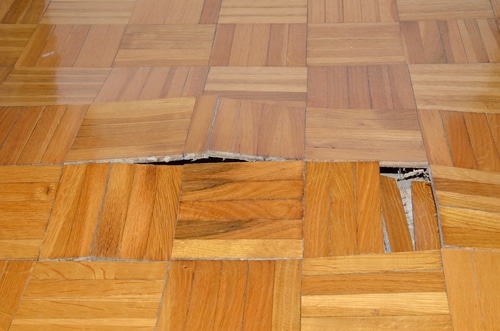6 Ways to Discover Concealed Water Leakages in Your Home
Get A QuoteWe have found this post about Detecting hidden plumbing leaks below on the internet and think it made perfect sense to share it with you over here.

Early discovery of dripping water lines can minimize a possible catastrophe. Some small water leakages might not be noticeable.
1. Check Out the Water Meter
Every residence has a water meter. Examining it is a proven way that aids you find leakages. For starters, turn off all the water resources. Guarantee no one will certainly purge, use the tap, shower, run the cleaning device or dishwasher. From there, go to the meter and also watch if it will transform. Considering that no person is using it, there should be no activities. If it relocates, that shows a fast-moving leak. If you spot no modifications, wait a hr or 2 and also examine back again. This means you may have a slow leak that could even be underground.
2. Examine Water Usage
Evaluate your water bills and also track your water consumption. As the one paying it, you must observe if there are any disparities. If you identify sudden changes, despite your intake being the same, it means that you have leaks in your plumbing system. Bear in mind, your water bill ought to drop under the same variety monthly. An abrupt spike in your bill suggests a fast-moving leakage.
A consistent rise every month, even with the very same habits, shows you have a sluggish leakage that's also slowly escalating. Call a plumber to thoroughly check your residential or commercial property, specifically if you really feel a cozy area on your floor with piping underneath.
3. Do a Food Coloring Test
When it involves water intake, 30% originates from toilets. Examination to see if they are running effectively. Decrease flecks of food color in the storage tank as well as wait 10 minutes. There's a leakage in between the container as well as bowl if the shade somehow infiltrates your dish throughout that time without flushing.
4. Asses Exterior Lines
Do not forget to inspect your outdoor water lines as well. Test faucets by attaching a yard tube. Ought to water leak out of the connection, you have a loose rubber gasket. Replace this and also ensure all links are limited. It will aid obtain it properly checked out and also kept each year if you have actually got a sprinkler system. One tiny leakage can throw away lots of water as well as surge your water bill.
5. Evaluate the circumstance and also examine
Home owners ought to make it a practice to check under the sink counters and also also inside closets for any kind of bad odor or mold growth. These two red flags indicate a leak so timely attention is needed. Doing routine evaluations, also bi-annually, can conserve you from a major trouble.
Inspect for discolorations and also weakening as a lot of pipelines and home appliances have a life span. If you believe dripping water lines in your plumbing system, do not wait for it to rise.
Early detection of leaking water lines can reduce a potential catastrophe. Some small water leaks may not be visible. Inspecting it is a guaranteed way that helps you discover leakages. One little leakage can lose bunches of water and also surge your water bill.
If you suspect dripping water lines in your plumbing system, don't wait for it to rise.
WARNING SIGNS OF WATER LEAKAGE BEHIND THE WALL
PERSISTENT MUSTY ODORS
As water slowly drips from a leaky pipe inside the wall, flooring and sheetrock stay damp and develop an odor similar to wet cardboard. It generates a musty smell that can help you find hidden leaks.
MOLD IN UNUSUAL AREAS
Mold usually grows in wet areas like kitchens, baths and laundry rooms. If you spot the stuff on walls or baseboards in other rooms of the house, it’s a good indicator of undetected water leaks.
STAINS THAT GROW
When mold thrives around a leaky pipe, it sometimes takes hold on the inside surface of the affected wall. A growing stain on otherwise clean sheetrock is often your sign of a hidden plumbing problem.
PEELING OR BUBBLING WALLPAPER / PAINT
This clue is easy to miss in rooms that don’t get much use. When you see wallpaper separating along seams or paint bubbling or flaking off the wall, blame sheetrock that stays wet because of an undetected leak.
BUCKLED CEILINGS AND STAINED FLOORS
If ceilings or floors in bathrooms, kitchens or laundry areas develop structural problems, don’t rule out constant damp inside the walls. Wet sheetrock can affect adjacent framing, flooring and ceilings.
https://www.servicemasterbyzaba.com/blog/how-to-detect-water-leakage-in-walls/

I have been very drawn to Top leak detection hacks and I am assuming you enjoyed our page. Are you aware of somebody else who is fascinated by Locating water leaks? Please feel free to share it. I am grateful for your time. Come back soon.